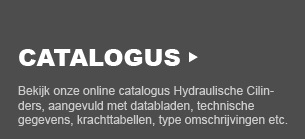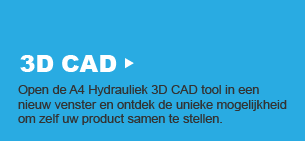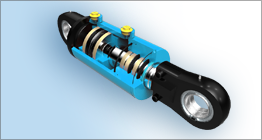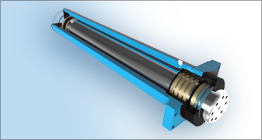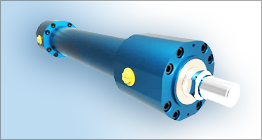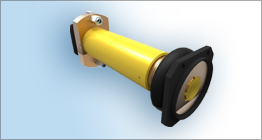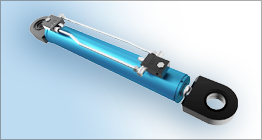Discuss the benefits of monitoring the condition of your hydraulic filter elements.
Warning of filter-bypass is typically afforded by visual or electric clogging-indicators. These devices indicate when pressure drop (delta P) across the element is approaching the opening pressure of the bypass valve (where fitted).
In the case of a return filter for example, if the bypass opens at a delta P of 3 Bar, the clogging indicator will typically switch at 2 Bar.
Replacing standard clogging-indicators with differential pressure gauges or transducers enables continuous monitoring of the filter element.
Think of it in terms of the engine coolant temperaure on your car or truck. Would you prefer to have a gauge on the dashboard that allows you to monitor coolant temperature continuously or a light which only glow when the engine has already overheated?
Similarly, continuous monitoring of the filter elements in a hydraulic system can provide valuable clues to the performance of the filter and the condition of the system.
This allows trending of fluid cleanliness against filter pressure-drop, which may be used to optimize oil sample and filter change intervals. For example, the optimal change for a return filter in a particular system could be higher or lower than switching pressure of the clogging indicator.
Continuous monitoring may also provide early warning of component failures and element rupture. For example, if the delta P across a pressure filter suddenly increased from 1 to 3 Bar (all other things equal), this could be an indication of an imminent failure of a component upstream.
Similarly, a sudden decrease in delta P could indicate a rupture in the element - something a clogging indicator will never alert you to.
By Brendan Casey











